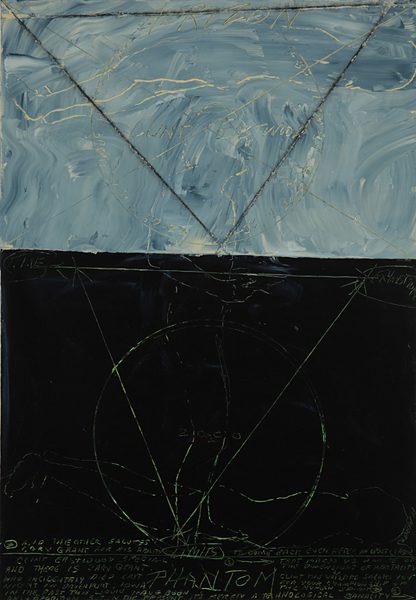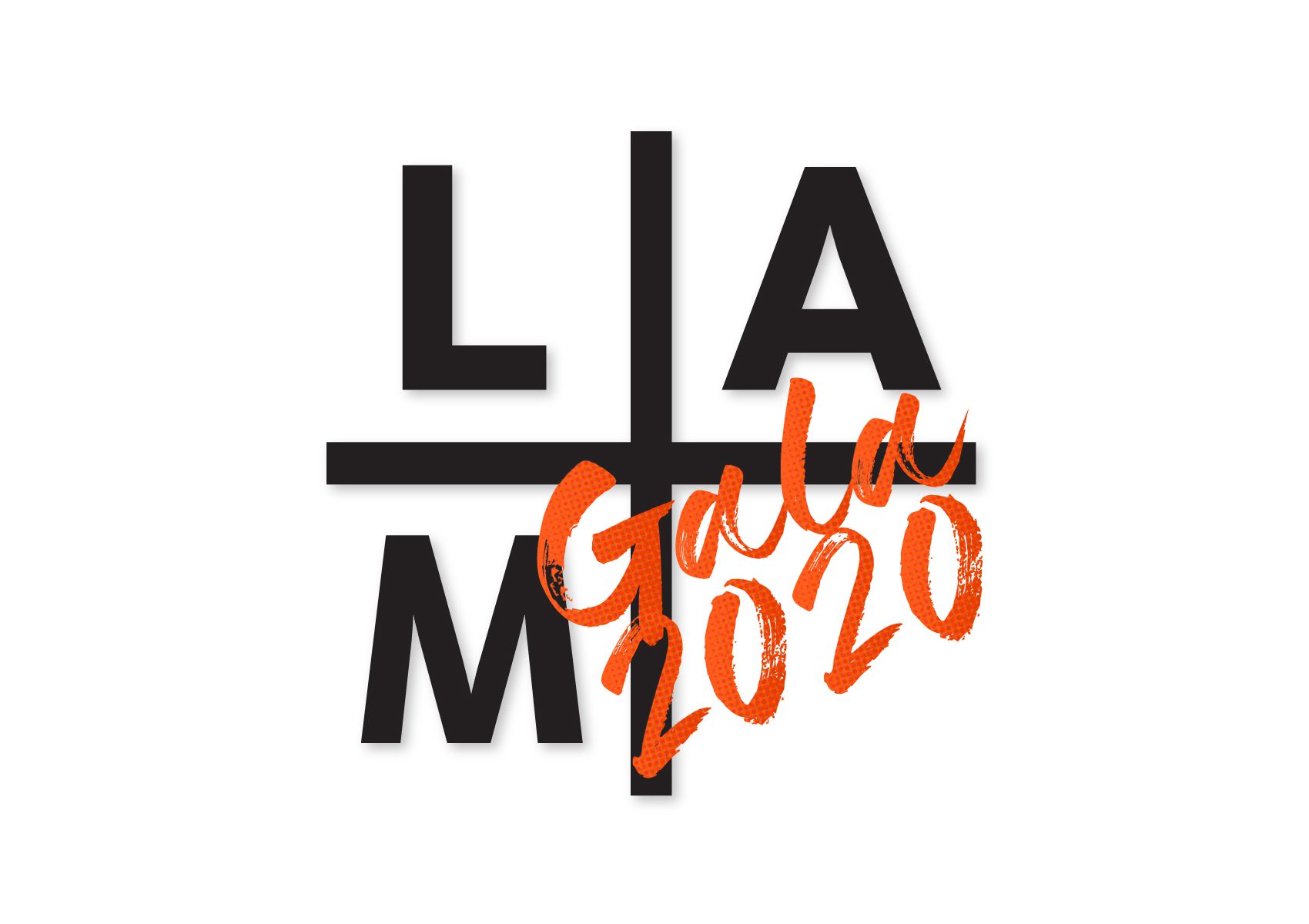George Ketterl
George Ketterl was born in 1942 in Fargo, North Dakota. He was a high school honorable mention All-American athlete in football until he had rheumatic fever that prevented him from continuing the sport. After the illness, he began his undergraduate studies at the University of California, Santa Barbara, but left halfway through the program. Ketterl then received a football scholarship at Morehead State University in Minnesota. In addition to pursuing athletics, Ketterl fell into studying art, and he finished with a triple major in art, physical education, and English. He received his BA in 1963.
Ketterl returned to California in 1967 to attend Claremont Graduate School, and he received his MFA in 1970. Ketterl taught while he was in graduate school and received a Ford Foundation Fellowship in 1969. After teaching in several institutions, Ketterl finally took a position at California State Bakersfield and has now been teaching there for over 40 years. Some exceptional students of Ketterl who he fondly remembers are Greg and Jeff Colson, Carlos Strada-Vega, Manuel Ocampo, and Teo Gonzalez.
Ketterl continued his athleticism through his artwork, with performances such as Seven Hours/Seven Days (1980), Newport/Husserl (c. 1980), and Mount Saint Mary’s Malevich (1982). Much of Ketterl’s work looks at the phenomenology of perception through the works of theorists like Edmund Husserl (1859–1938) and Maurice Merleau-Ponty (1908–1961).
Works in Our Collection

George Ketterl
Clint Eastwood
Oil on wood, 1986
23 1/2 x 16 1/2 inches
Gift of the Richard H. Mumper Trust
1994.130
In Clint Eastwood (1984), George Ketterl uses the words that Husserl himself used— horizon and phantom—to describe the field of the known. Ketterl titled the painting after a television special with Clint Eastwood and Carey Grant that aired the day after Grant had died, adding immediacy to the experience. There are three bodies, one standing and two lying down at the top and bottom of the painting. As an extension to his performative work, Ketterl reveals these bodies to perceive the central words in the painting: time, limits, and exhaustion.






